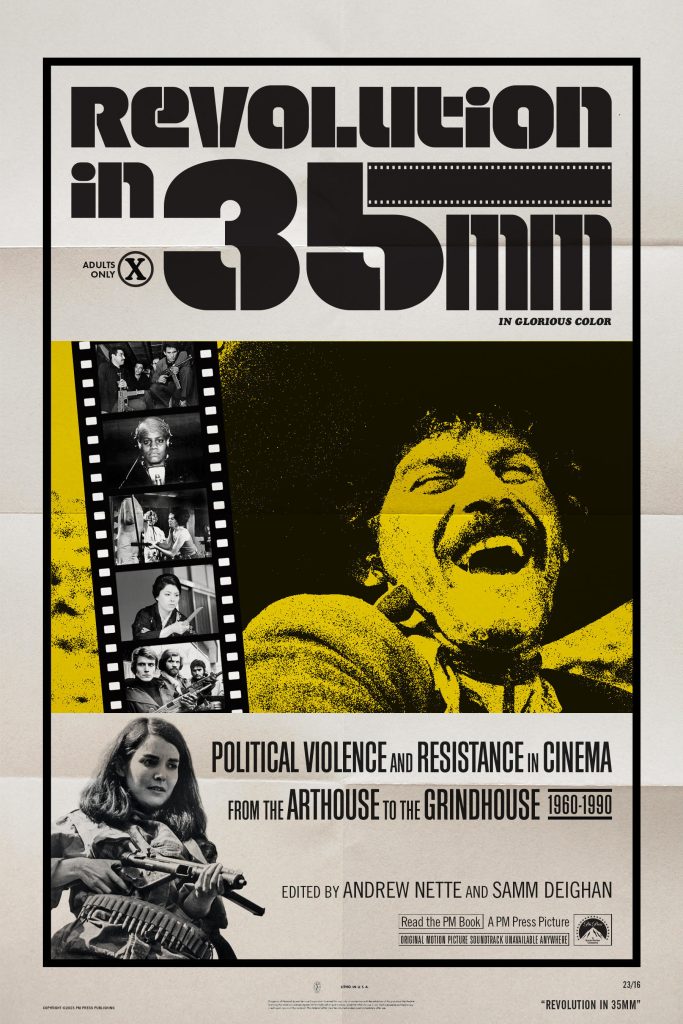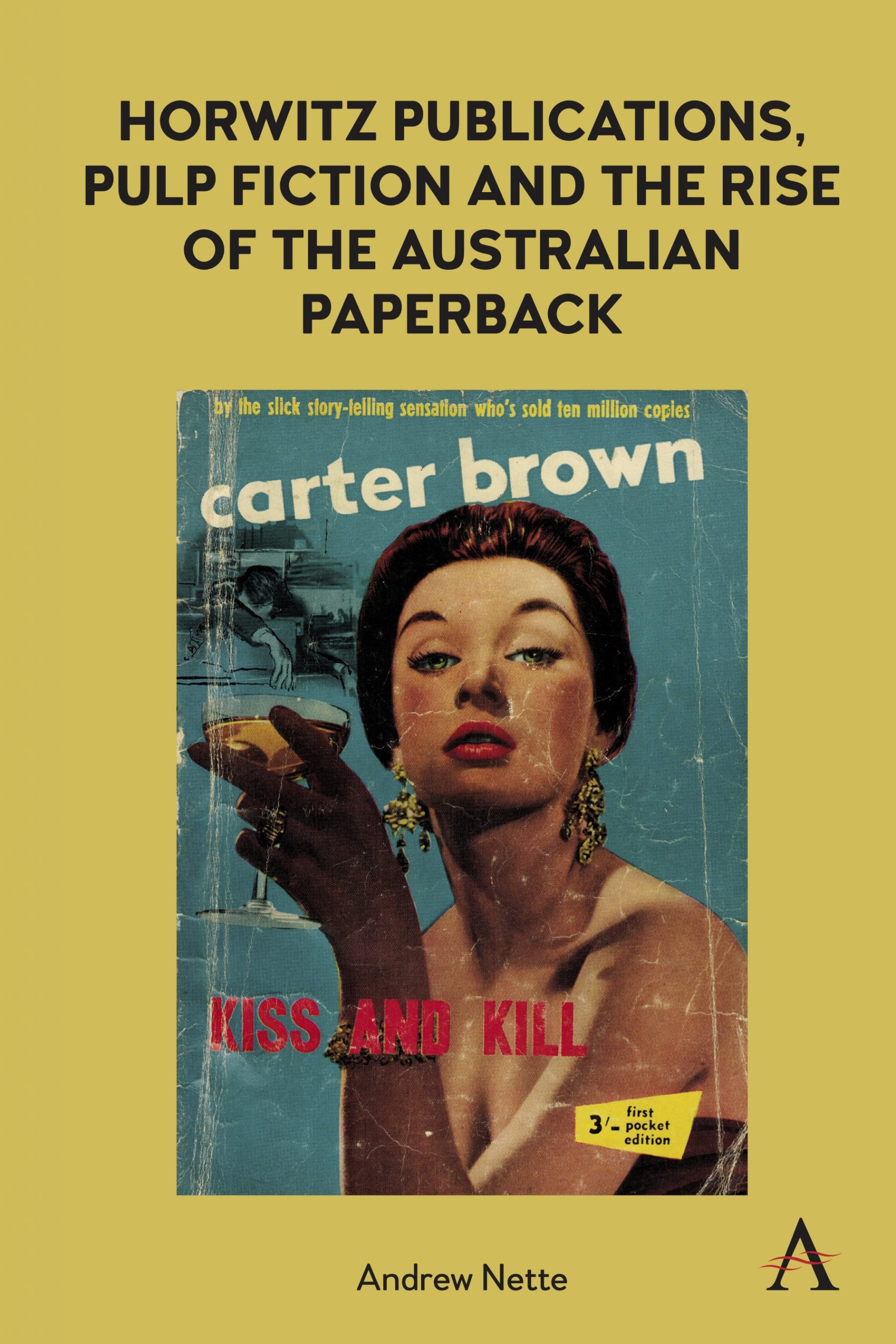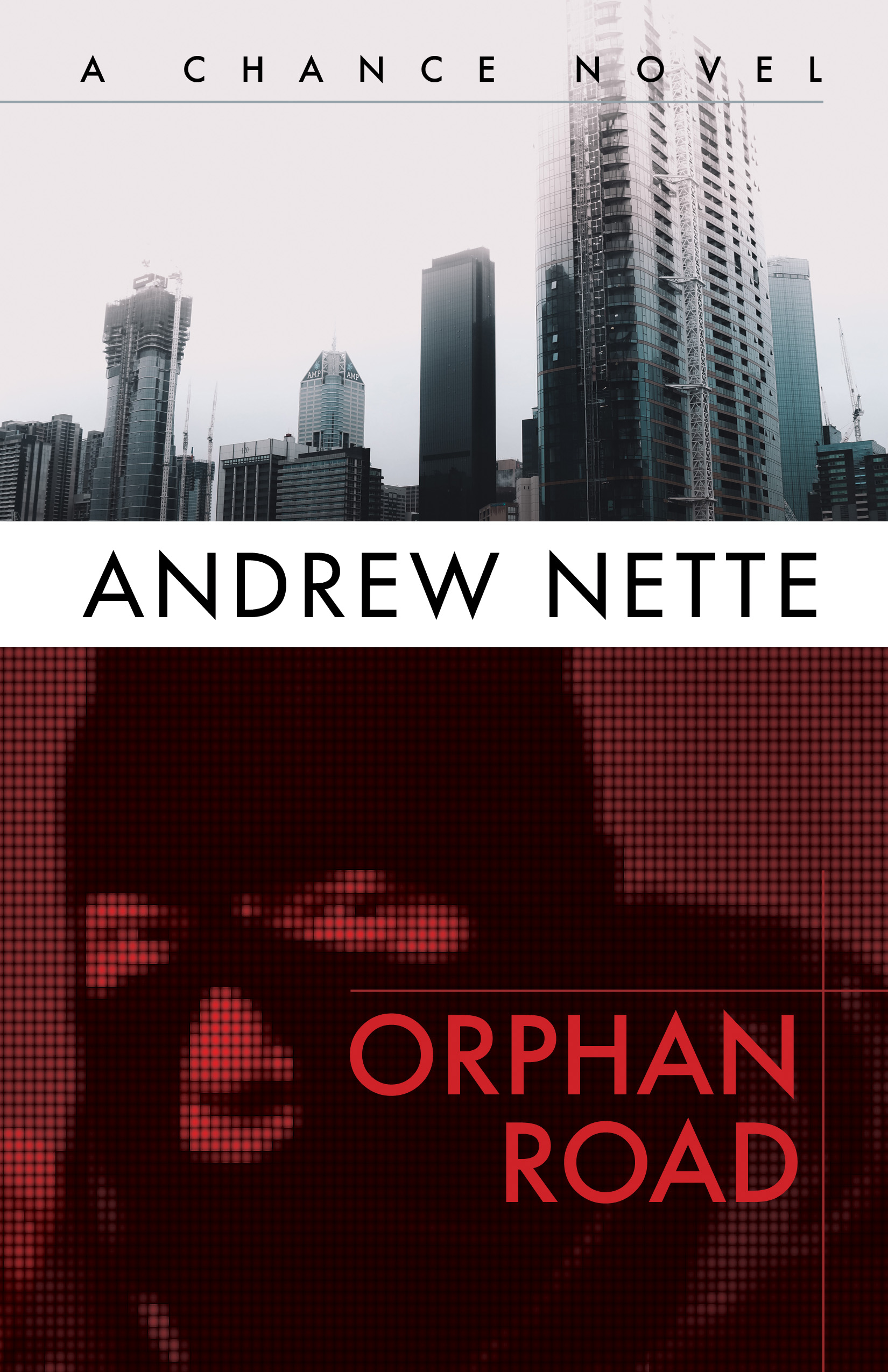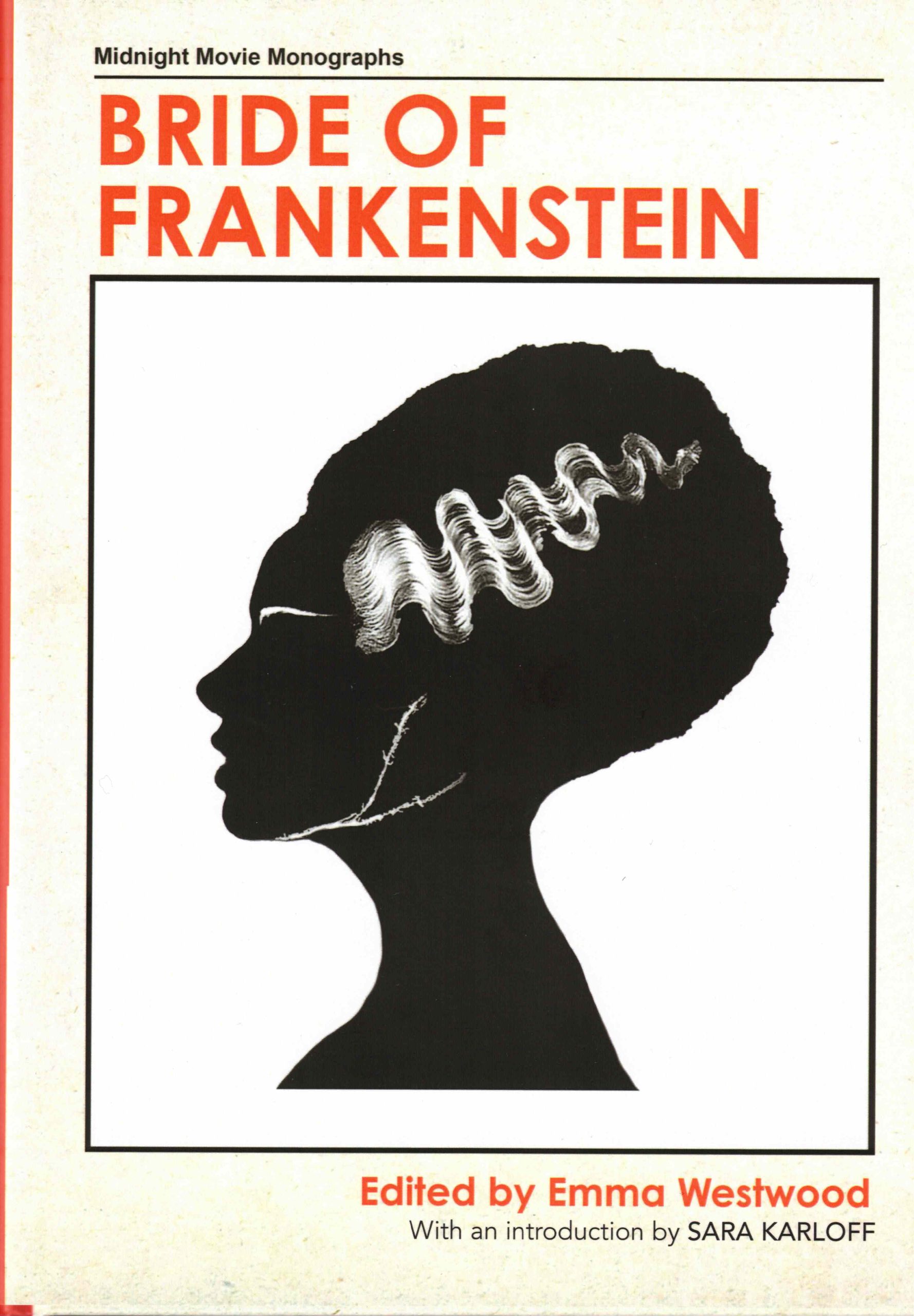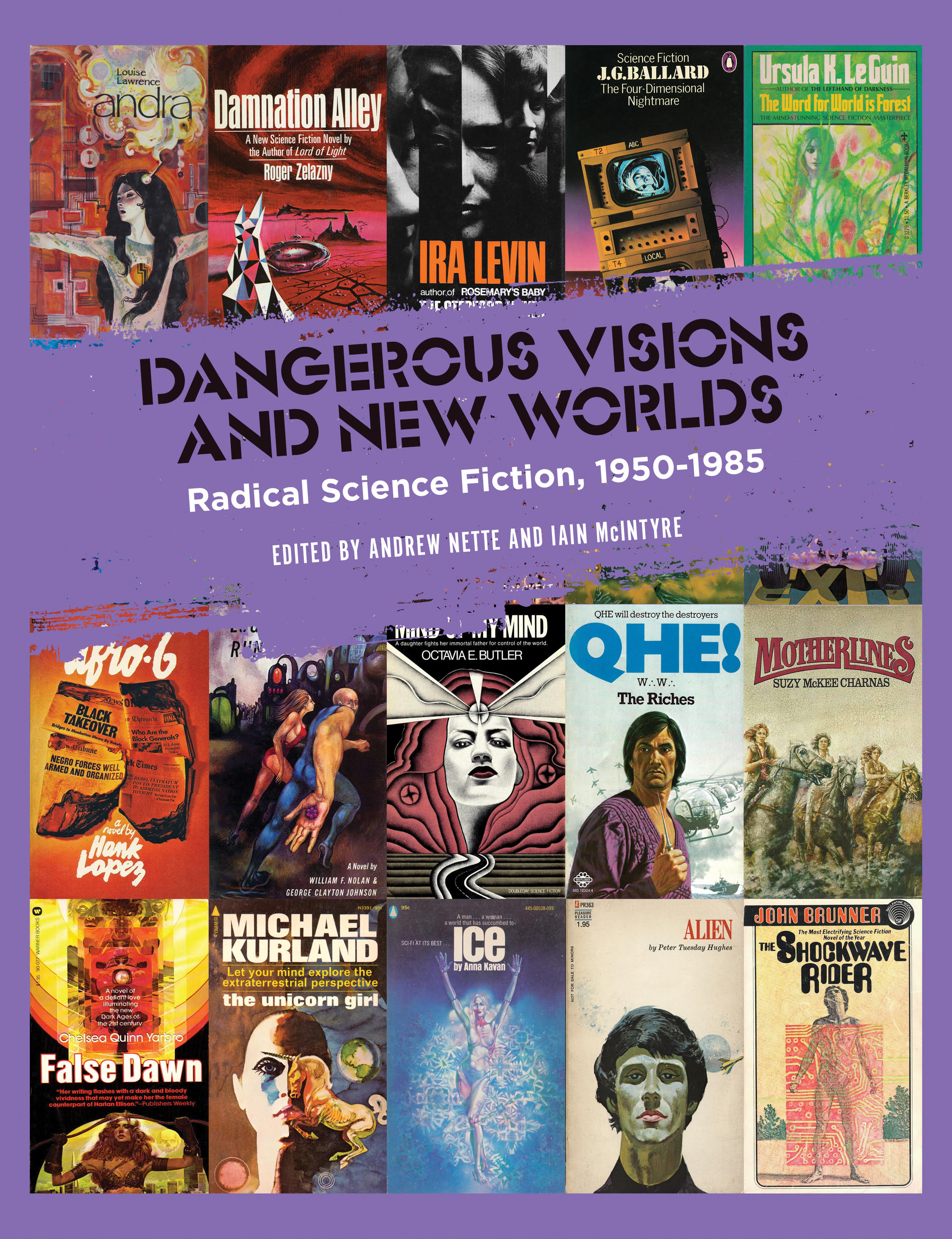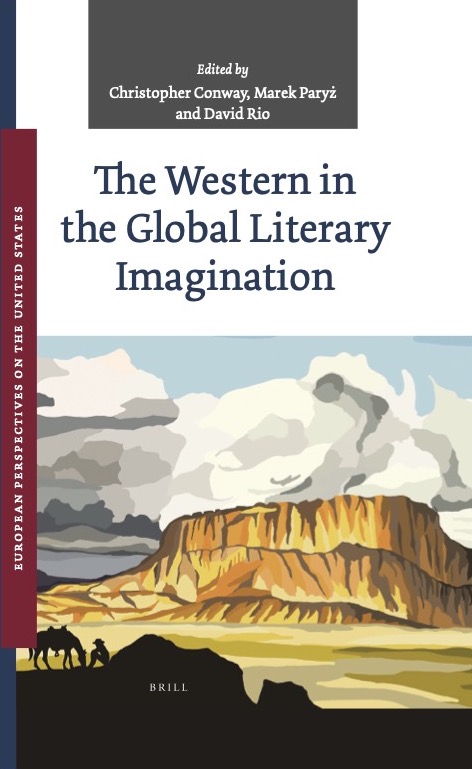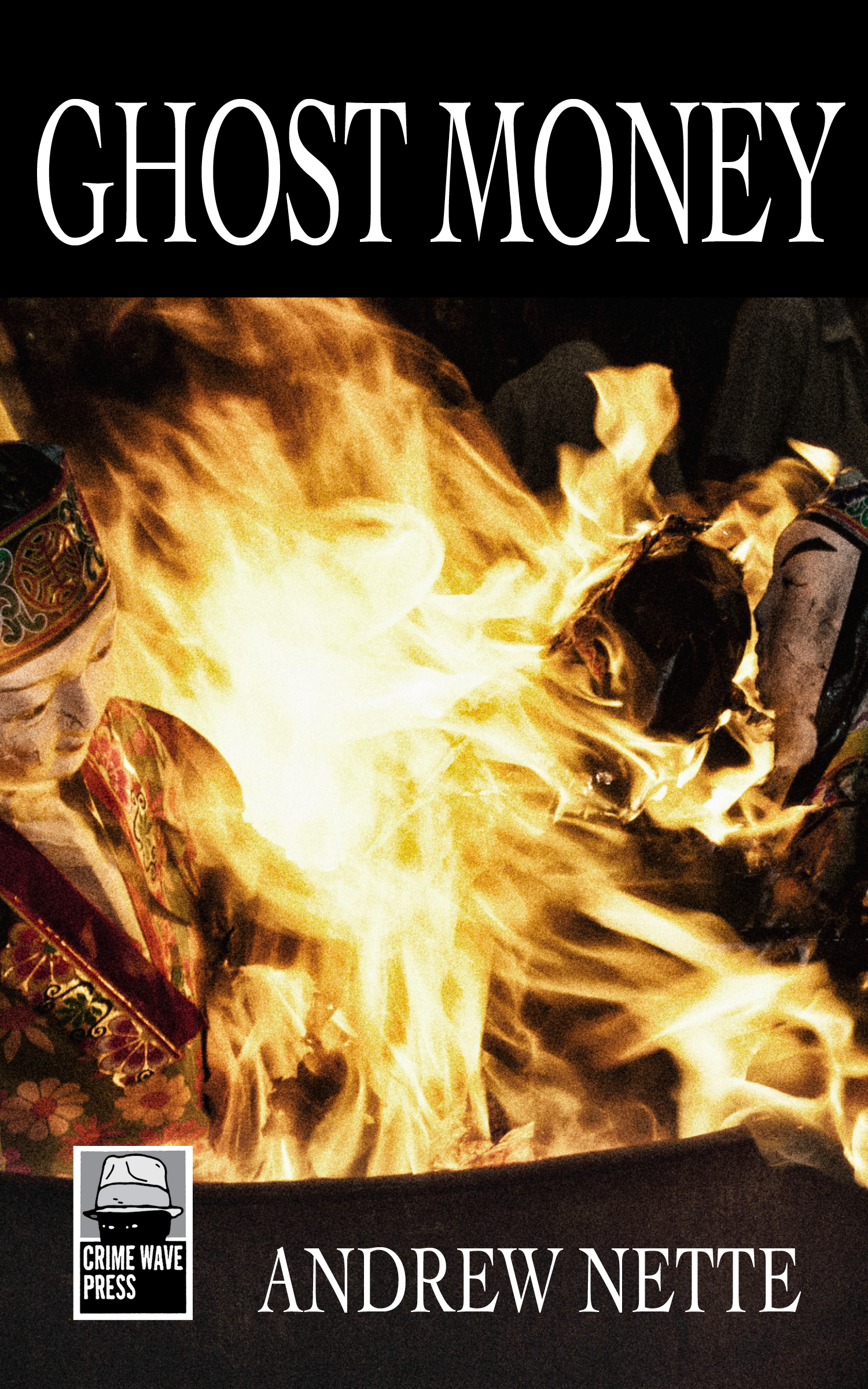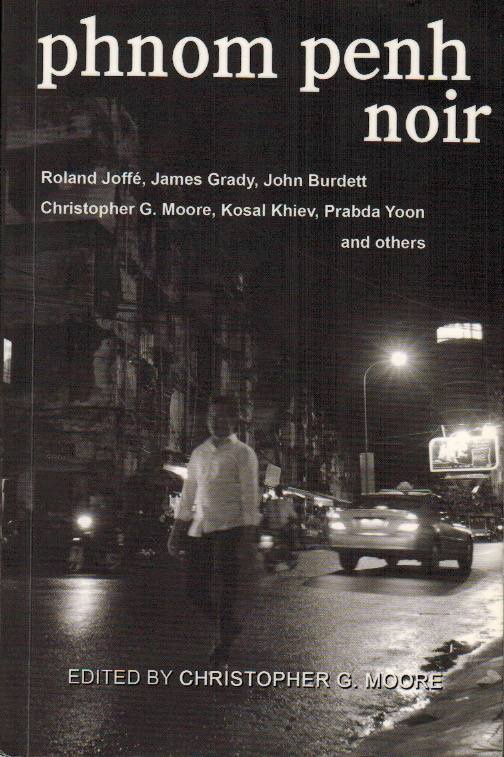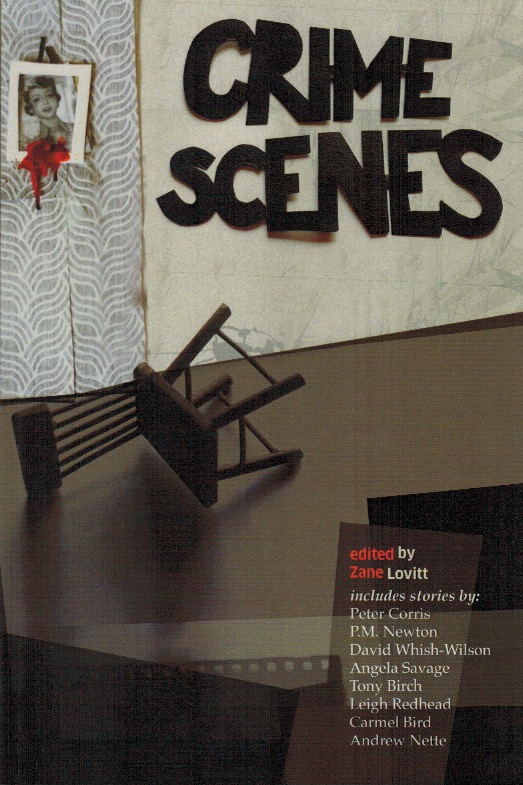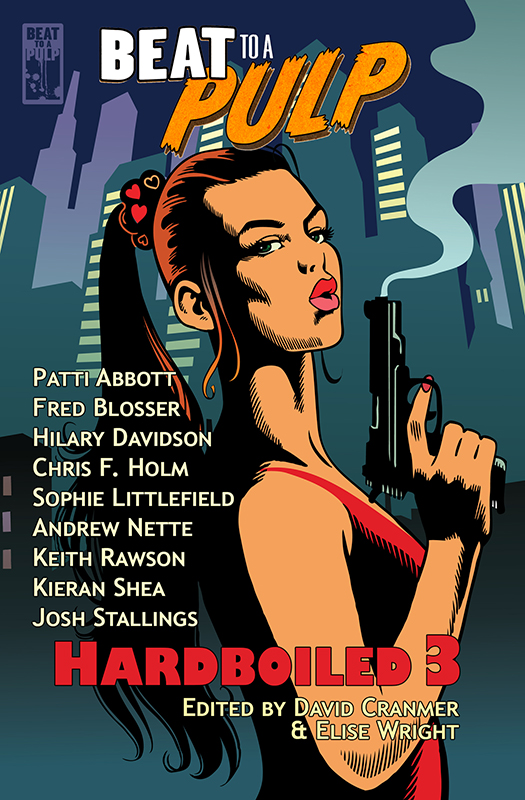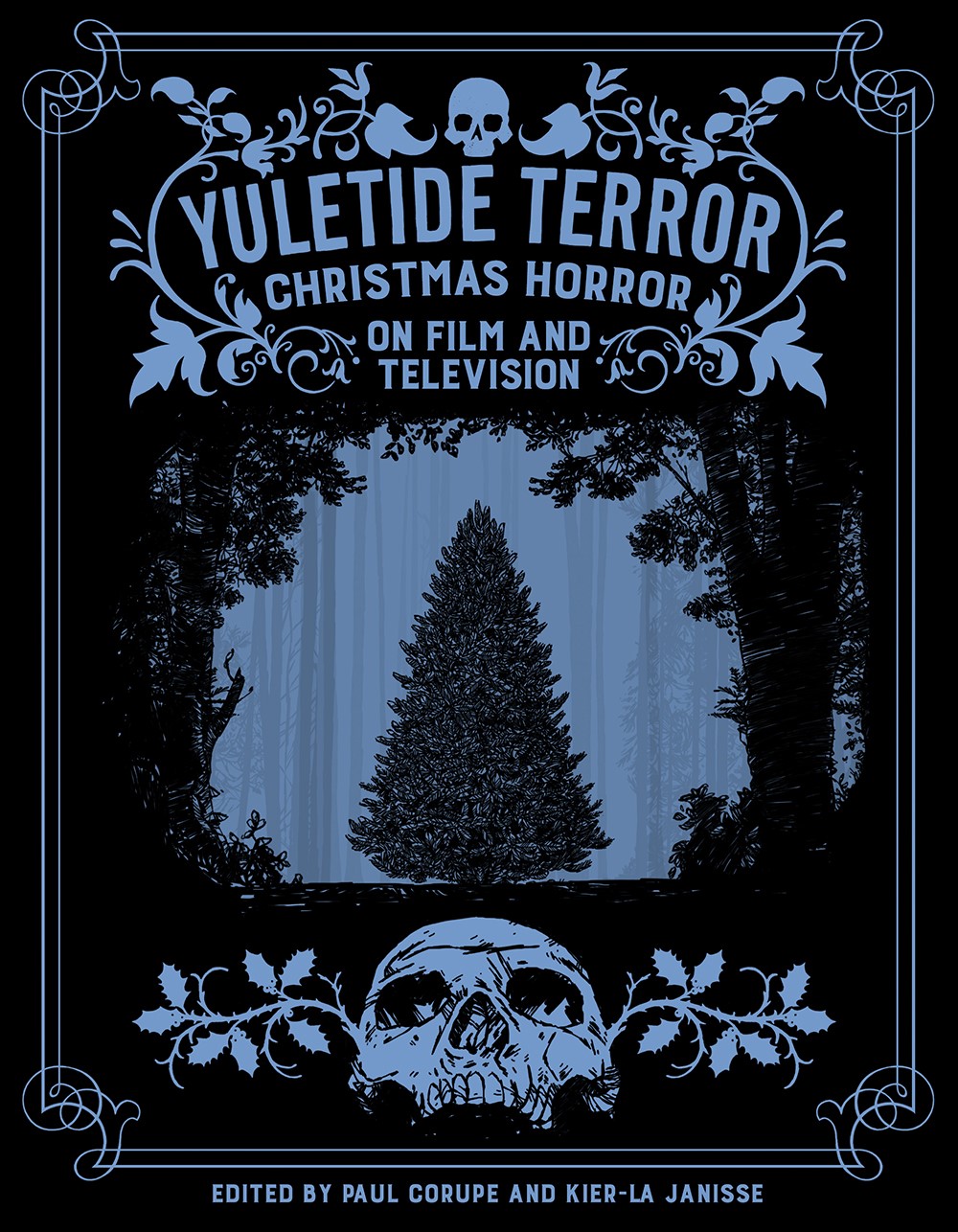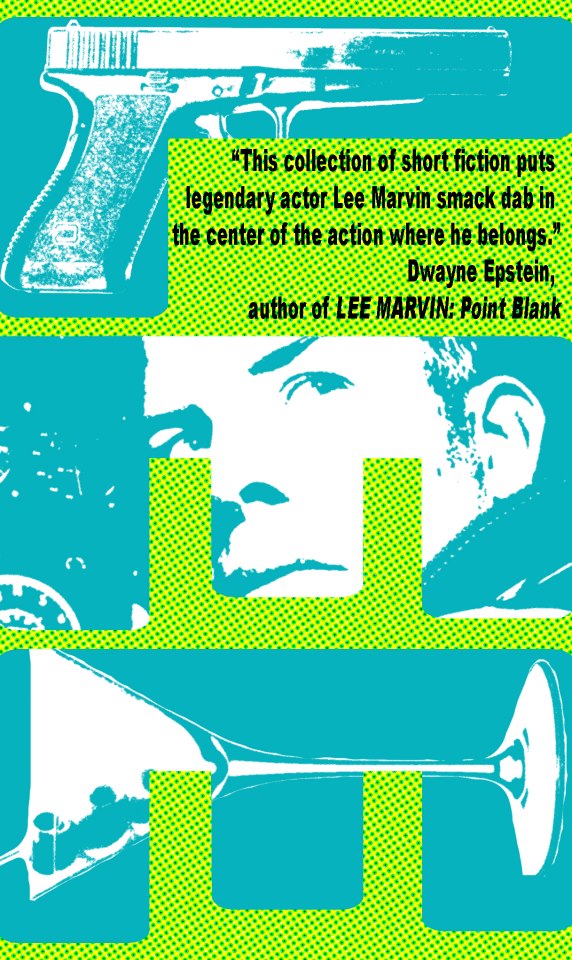Search
-
Recent Posts
- Dishing up Pulp Curry in a new way: why I am starting a Substack newsletter
- Book reviews: Deadly dames, midcentury Brit pulp and 1970s science fiction
- Mackenna’s Gold (1969): Gold, Ghosts and Frontier Violence
- Orphan Road book launch
- Orphan Road now available
- Pre-orders open for my new novel, Orphan Road
- Cover reveal: Orphan Road, my follow up to Gunshine State
- Breakfast in the Ruins podcast: New English Library Bikermania
- Why 1973 was the year Sidney Lumet took on police corruption
- Men’s Adventure Quarterly: Gang Girls issue
Categories
- 1960s American crime films
- 1970s American crime films
- 1980s American crime films
- 1990s American crime films
- Adrian McKinty
- Albert Dekker
- Andre De Toth
- Angela Savage
- Angie Dickinson
- Anthony Zerbe
- Asian noir
- Australian crime fiction
- Australian crime film
- Australian noir
- Australian popular culture
- Australian pulp fiction
- Australian television history
- Ava Gardner
- Beat culture
- Belmont Tower Books
- Ben Wheatley
- Billie Whitelaw
- Black pulp fiction
- Blaxsploitation
- Book cover design
- Book Reviews
- British crime cinema
- British pulp fiction
- Bryan Brown
- Burt Lancaster
- Carter Brown
- Charles Durning
- Charles Willeford
- Chester Himes
- Christopher G Moore
- Christopher Lee
- Cinema culture
- Claude Atkins
- Coronet Books
- Crawford Productions
- Crime Factory
- Crime Factory Publications
- Crime fiction
- Crime fiction and film from Africa
- Crime fiction and film from Cambodia
- Crime fiction and film from China
- Crime fiction and film from India
- Crime fiction and film from Indonesia
- Crime fiction and film from Japan
- Crime fiction and film from Laos
- Crime fiction and film from Latin and Central America
- Crime fiction and film from Malaysia
- Crime fiction and film from New Zealand
- Crime fiction and film from Scandinavia
- Crime fiction and film from Singapore
- Crime fiction and film from South Korea
- Crime fiction and film from Thailand
- Crime fiction and film from the Philippines
- Crime Fiction and film set in Vietnam
- Crime film
- Dangerous Visions and New Worlds Radical Science Fiction 1950 to 1985
- David Goodis
- David Peace
- David Whish-Wilson
- Derek Raymond
- Diana Dors
- Dirk Bogarde
- Don Siegel
- Don Winslow
- Donald Westlake aka Richard Stark
- Dystopian cinema
- Ernest Borgnine
- Eurocrime
- Fawcett Gold Medal Books
- Femme fatale
- Fernando Di Leo
- Filipino genre films
- Film Noir
- Forgotten Melbourne
- French cinema
- French crime fiction
- Garry Disher
- Gene Hackman
- George V Higgins
- Georges Simenon
- Ghost Money
- Giallo cinema
- Gil Brewer
- Girl Gangs, Biker Boys and Real Cool Cats: Pulp Fiction & Youth Culture, 1950-1980
- Gloria Grahame
- Gold Star Publications
- Gregory Peck
- Gunshine State
- Heist films
- Horror
- Horwitz Publications
- Humphrey Bogart
- Ian Fleming
- Interviews
- Ira Levin
- James Caan
- James Crumley
- James Ellroy
- James Hadley Chase
- James Woods
- Jim Brown
- Jim Thompson
- Joel Edgerton
- John Frankenheimer
- Joseph Losey
- Karen Black
- Kerry Greenwood
- Kinji Fukasaku
- Larry Kent
- Laura Elizabeth Woolett
- Lee Marvin
- Leigh Redhead
- Lindy Cameron
- M Emmet Walsh
- Mad Max
- Mafia
- Malla Nunn
- Martin Limon
- Megan Abbott
- Melbourne International Film Festival
- Melbourne Writers Festival
- Men's Adventure Magazines
- Michael Caine
- Michael Fassbender
- Mickey Spillane
- Monarch Books
- Ned Kelly Awards
- Neo Noir
- New English Library
- Newton Thornburg
- Noir Con
- Noir fiction
- Non-crime reviews
- Oren Moverman
- Orphan Road
- Ozsploitation
- Pan Books
- Parker
- Paul Newman
- Peter Boyle
- Peter Corris
- Peter Strickland
- Peter Yates
- Poliziotteschi
- Pulp fiction
- Pulp fiction in the 70s and 80s
- Pulp fiction set in Asia
- Pulp Friday
- Pulp paperback cover art
- Qui Xiaolong
- Raymond Chandler
- Richard Burton
- Richard Conte
- Robert Aldrich
- Robert Mitchum
- Robert Ryan
- Robert Stone
- Rock Hudson
- Roger Smith
- Rollerball
- Rosaleen Norton
- Roy Scheider
- Rural noir
- Sam Levene
- Sam Peckinpah
- Samuel Fuller
- Science fiction and fantasy
- Scripts Publications
- Sidney Lumet
- Sidney Poitier
- Simon Harvester
- Snowtown
- Snubnose Press
- Spies
- Stanley Baker
- Sterling Hayden
- Steve McQueen
- Sticking it the the Man Revolution and Counter Culture in Pulp and Popular Fiction 1950 1980
- Stuart Rosenberg
- Tandem Books
- Tart noir
- Tartan Noir
- Ted Lewis
- Toni Johnson Woods
- True crime
- Vicki Hendricks
- Victor Mature
- Vintage mug shots
- Vintage pulp paperback covers
- Wallace Stroby
- War film
- Westerns
- William Friedkin
- Woody Strode
- Yakuza films
- Yaphet Kotto
Nothing but noir
Recommended reading
The lurid world of pulp
- 20th century Danny Boy
- American Pulps
- Bear Alley
- Bloody, Spicy, Books
- Comics Down Under
- Everything second hand
- Existential Ennui
- Greenleaf Classic Books
- Irv O. Neil's Erotica is My Trade
- Killer Covers
- Lost Classics of Teen Lit 1939-1989
- Luminist Archives
- Men's Pulp Mags
- Mporcius Fiction Log
- Murder, Mayhem and Long Dogs
- Neglected Books
- Nocturnal Revelries
- Paperback Warrior
- Paperbacks of the Gods
- Pop Sensation
- Pulp artists
- Pulp Covers
- Pulp Crazy
- Pulp Flakes
- Pulp International
- Pulp Magazines Project
- Pulp Serenade
- Realms of the Night
- Romance Fiction Has a History
- Rough Edges
- Sin Street Sleaze
- Spy Guys and Gals
- The department of Afro American Research Arts & Culture
- The Dusty Bookcase
- The Haunted World of Richard Sala
- The Moon Lens
- The Nick Carter & Carter Brown Blog
- The Pulp & Paperback Fiction Reader
- Too Much Horror Fiction
- True Pulp Fiction
- Vault of Horror
- Vintage Nurse Romance Novels
- Vintage Romance Novels
- Welcome to the Pan Paperback
- Yellow and Creased
Support This Site
If you like what I do please support me on Ko-fi
Category Archives: 1990s American crime films
Projection Booth episode #505: White Sands (1992)

Episode 505 of the Projection Booth podcast is live to put into your eas and hearts. Mike While, Jedidiah Ayres and myself talk New Zealand director Roger Donaldson’s 1992 neo noir thriller, White Sands. I didn’t dig the movie as much as Mike and Jed, but always enjoy talking film with these two gents. We also discussed Donaldson’s broader career, the merits or otherwise of No Way Out (1987) and gave some love to a film I had not seen until I watched it for this episode, Michelangelo Antonioni’s The Passenger (1975).
Parker on the screen #5: Payback Straight Up (2006)

The idea to review every screen iteration of Donald Westlake’s crime character, Parker, originated much earlier in the year, when Melbourne was in deep in winter and the middle of hard Covid lockdown. Melbourne is out of that lockdown now and summer is here, and I am much busier, hence the delay since my last entry.
Anyway, back to it with the next Parker film, Brian Helgeland’s neo noir, Payback Straight Up (2006). This is retelling of the very first Parker novel, The Hunter, published in 1962 and, of course, first filmed by John Boorman as the immortal Point Blank (1967), starring Lee Marvin (and which I wrote about on this site here on the 50th anniversary of the film).
Helgeland, who started out in the movie business as a scriptwriter, is not someone whose work I am particularly across. He did the script for the adaptation of Ellroy’s L.A. Confidential (1997), which I really liked. The same year he also performed wordsmith duty on the script for the simply abysmal post-apocalyptic Kevin Costner vehicle, The Postman. The 1999 film adaptation of The Hunter, titled Payback, was his first outing as a director (he also wrote the script) and by all accounts it was an exceptionally troubled shoot.… Read more
Posted in 1960s American crime films, 1990s American crime films, Crime fiction, Crime film, Donald Westlake aka Richard Stark, Heist films, Neo Noir
Tagged Bill Duke, Brian Helgeland, David Paymar, Deborah Kara Unger, Donald Westlake aka Richard Stark, Gregg Henry, Jack Conley, John Boorman, Maria Bello, Mel Gibson, Parker, Payback (1999), Payback Straight Up (2006), Point Blank (1967)
Projection Booth episode #495 :To Live and Die in L.A. (1985)

I am thrilled to be co-hosting another episode of Mike White’s film podcast, The Projection Booth, this one on William Friedkin’s 1985 neo noir, To Live and Die in L.A. The film pits Treasury agent William Petersen as Richard Chance against Willem Dafoe as artist and forger Rick Masters, and is based on the novel of the same name by former US federal agent turned crime writer, Gerald Petievich. Along with my fellow co-host, Jedidiah Ayres, we were joined by the film’s editor, M. Scott Smith, and one of the its stars, Willem Dafoe.
We dive deep into this film, discussing the breathtaking work of To Love and Die in L.A.’s cinematography Robbie Muller and how the Friedkin demands complete suspension of disbelief from his audience in some many respects of the story and gets it.
We we also talk about the Wang Chung soundtrack, Los Angeles on the screen, how the film embodies the deregulated economic and political policies of the Reagan era, and how it relates to Friedkin’s broader ouvre and other America crime cinema, particularly the other film based on a Petievich book, Boiling Point (1993) and the Michael Cimino effort also released in 1985, Year of the Dragon.
The entire episode is online for your listening pleasure here.… Read more
Posted in 1980s American crime films, 1990s American crime films, Crime fiction, Crime film, Heist films, Neo Noir, William Friedkin
Tagged Boiling Point (1993), Gerald Petievich, M. Scott Smith, Michael Cimino, Neo Noir, Robbie Muller, The Projection Booth podcast, To Live and Die in LA (1985), Wang Chung, Willem Dafoe, William Friedkin, Year of the Dragon (1985)
Up periscope: a celebration of submarine cinema

I love a good submarine film. The claustrophobia of the confined setting, the tensions arising from a group of people having to co-exist and operate in a completely unnatural, extremely dangerous environment, is all pretty much guaranteed to hook me in every time.
I was reminded of this while I was watched the 2014 thriller Black Sea on the weekend. A hard as nails, embittered Scottish deep sea salvage expert, Robinson, (Jude Law), takes a job with a shadowy backer, to salvage hundreds of millions of dollars of gold rumoured to be in a sunken Nazi U-boat sitting on the bottom of the Black Sea. He has at his disposal a surplus communist era Russian submarine and recruits a fractious crew of washed up seafarers, half of whom are Russian because they are the only ones who know how to properly operate the vessel.
I don’t know why this film passed me by when it first came out but it ticked virtually every box on the my list of requirements for a good submarine film. The crew have to contend with a never ending series of life threatening technical and nautical challenges. Within the narrow confines of the aged submarine, the tensions between crew members ratchet up along ethnic grounds and how they will split up the gold.… Read more
Posted in 1960s American crime films, 1990s American crime films, Ava Gardner, Burt Lancaster, Dystopian cinema, Ernest Borgnine, French cinema, Gregory Peck, Heist films, Jim Brown, Rock Hudson, Samuel Fuller, Sidney Poitier, Spies, War film
Tagged Assault on a Queen (1966), Ava Gardner, Black Sea (2014), Burt Lancaster, Das Boot (1981), Ernest Borgnine, Gregory Peck, Harvey Keitel, Hell and High Water (1954), Ice Station Zebra (1968), Jim Brown, Jude Law, Matthew McConaughey, On the Beach (1959), Patrick McGoohan, Rene Clement, Richard Widmark, Robert Wise, Rock Hudson, Run Silent Run Deep (1957), Samuel Fuller, Sidney Poitier, Stanley Kramer, Submarines in cinema, The Bedford Incident (1965), The Damned (1947), U571 (2000)
Roy Scheider’s Last Embrace

This post is a short addendum to this piece I did on this site back in 2015 on the 5 great roles of Roy Scheider. I revisit these films every now and again and am always on the lookout for films I haven’t seen starring Scheider. So, when someone told me to check out Silence of the Lamb’s director Jonathan Demme’s thriller, Last Embrace, I was on it.
Last Embrace appeared in 1979, the same year as Scheider did his jaw dropping turn as the womanising, drug taking, dance instructor, Joe Gideon, in Bob Fosse’s All the Jazz. And, frankly, the two films couldn’t be more different.
Last Embrace sees the tanned, sinewy actor playing a character called Harry Hann, an agent for some shadowy unspecified US government intelligence agency. The film begins with Hann getting out of a sanatorium where he has been recuperating after the murder of his wife by unnamed assassins (look closely and you’ll see one of the killers is the late, great, Joe Spinell) in an attack that was obviously targeting him.
He makes his way back to New York City – nearly killing a civilian waiting for a train in PTSD flashback – and once there, goes to a makeup counter at Macy’s Herald Square, which is where he receives his assignments.… Read more
Posted in 1970s American crime films, 1990s American crime films, Crime film, Neo Noir, Roy Scheider
Tagged All That Jazz (1979), Janet Margolin, Joe Spinell, Jonathan Demme, Last Embrace (1979), Miklos Rozsa, Morituri (1965), Neo Noir, Roy Scheider, Silence of the Lambs (1991), Tak Fujimoto, The Deer Hunter (1978)

